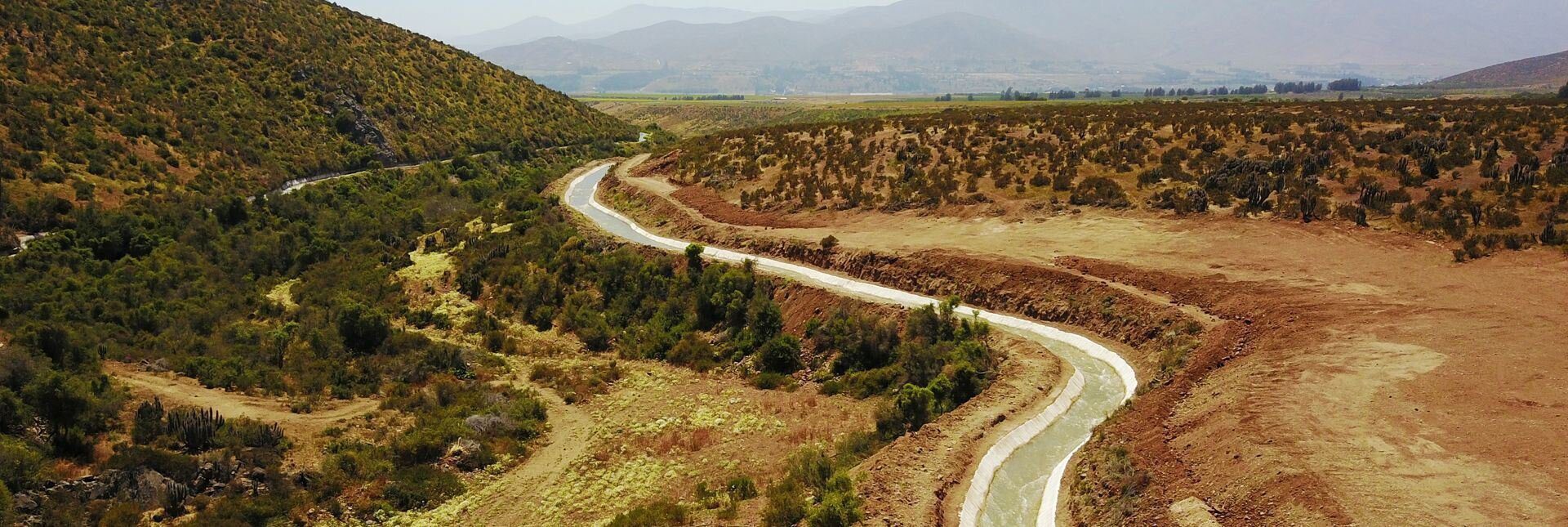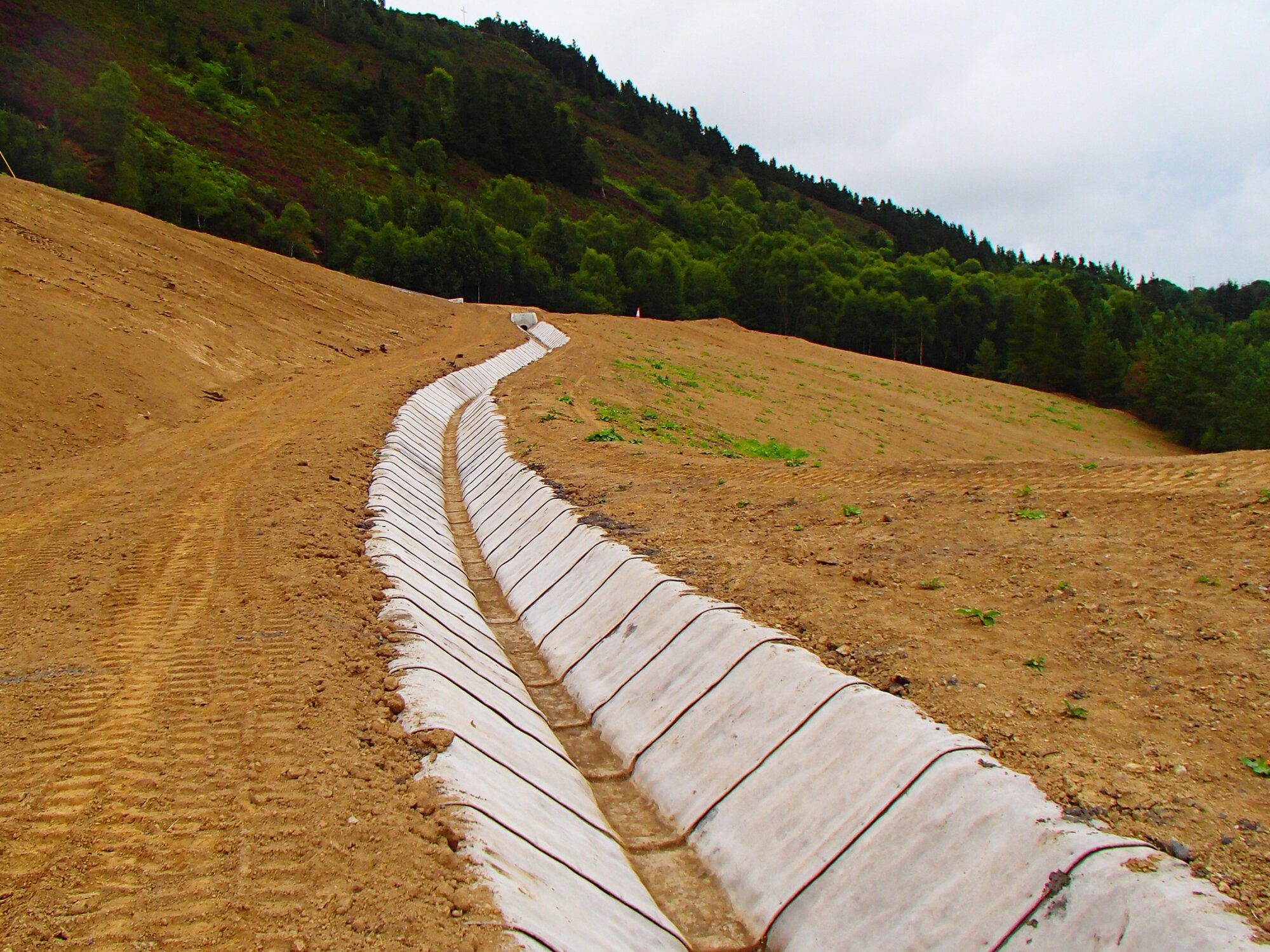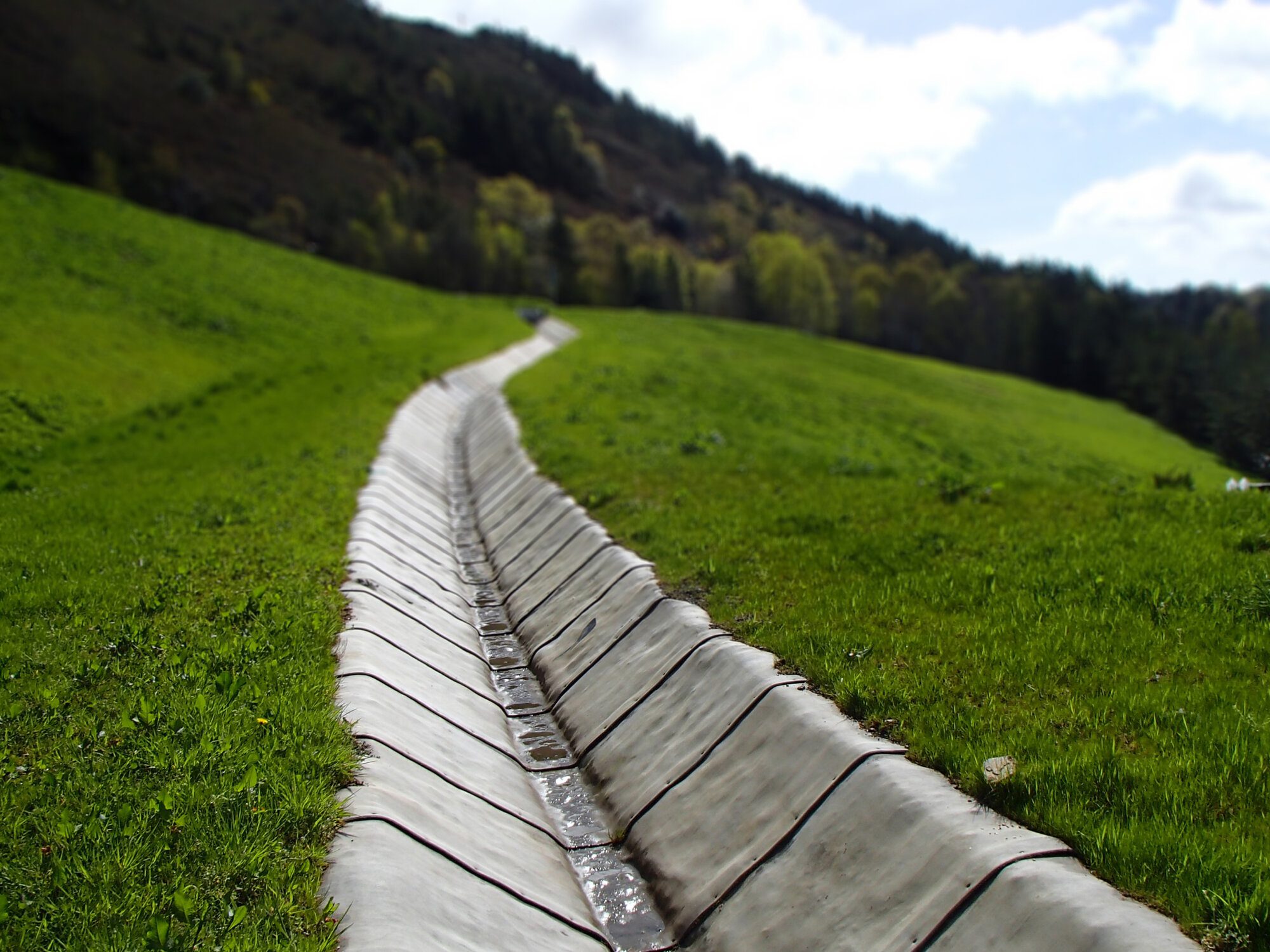Soil erosion in farming
Soil erosion is one of the most common concerns for farmers.
The erosion is a gradual process where water and certain weather conditions impact the soil and cause it to deteriorate. Not only does soil erosion remove the quality of the topsoil, but it also is detrimental to the land and environment, as it causes pollution in landslides and waterways. Soil erosion can also increase the risk of flooding, and in worst-case scenarios, the land could be cultivated if soil erosion is severe.
Before we look at how farmers can control erosion and minimise the impact, we’ve listed the top causes that affect the quality of the soil and farm work.
What types of erosion are in farming?
Different types of soil erosion can cause several problems. These include:
Water erosion
Water can impact the quality of soil over time. However, the amount and rate it deteriorates completely depend on how much water the soil is exposed to, and whether it’s through rainfall or flowing water. The effect water erosion has on the soil can be invisible. Farmers may see a difference in the colour of the soil over time. Farmers can control erosion by putting measures in place – both structural and cultural practises – to improve the soil infiltration to water rate.
Wind erosion
Similar to water, wind can affect the quality of the soil and cause it to erode over time. Farmers can reduce the impact that wind has on the soil by keeping it covered.
Channel erosion
In some cases where erosion is severe, a channel can form in the land if one of the banks in the land is breached.
The irreversible damage that soil erosion has is one of the reasons why farmers are always seeking sustainable solutions and soil management systems to control erosion and protect their agricultural land.
What is erosion control?
Erosion control is the practice of preventing water from eroding the landscape. There are different erosion control methods that farmers can use to stop their land and soil from eroding.
How can farmers control erosion?
Planting vegetation
One way that farmers can control erosion in the soil is by planting vegetation. This method involves planting crops that are suitable for erosion control. These are deep-rooted plants, such as trees or woodland, which diverts surface water into channels.
Contour farming
Another way that farmers can control erosion and manage surface water is physical earthworks to create water channels to divert surface water away from agricultural land. Not only is this method costly, but it’s also timely and disruptive to the environment and biodiversity.
Cover the area with geosynthetic material
Covering the area with geosynthetic materialsheeting is a popular method that farmers use to control erosion. One product that can control erosion and cause minimal damage to the ground is Concrete Canvas. Concrete Canvas is the original Geosynthetic Cementitious Composite Mat (GCCM).
Concrete Canvas is a three-dimensional fibre matrix that contains a specially formulated dry cementitious mix. The PVC backing ensures that Concrete Canvas is completely waterproof while the reinforcement of cementitious mix prevents cracking. As a result, Concrete Canvas is a thin, durable waterproof and lower-carbon alternative to traditional concrete.
Concrete Canvas is one of the most effective ways that farmers from around the world can use to control erosion as it covers the entire soil surface. Using Concrete Canvas to control erosion means there is less concrete in the ground and it can divert surface water efficiently.
The benefits of using Concrete Canvas
Concrete Canvas has many benefits as an erosion control application, including:
Easy and quick installation
Concrete Canvas is used in the agriculture and farming industries because of its easy and fast installation. The material is laid at a rate that’s ten times faster than conventional solutions that are used to control erosion in farming.
Concrete Canvas is also easy to install and doesn’t require on-site mixing or measuring. Available in batched rolls, Concrete Canvas can be unrolled on the surface fixed into place and hydrated.
Minimal disruption
As Concrete Canvas doesn’t require a large team or equipment to install, the erosion control application is less intrusive to inaccessible and environmentally-sensitive areas.
Cost-effective
The speed and ease of installing Concrete Canvas mean that farmers can cut the costs of time and labour it takes to apply an erosion control measure and preserve the quality of their soil.
Sustainable Alternative
Concrete Canvas is a low mass, lower carbon technology, which uses up to 95% less material than conventional solutions, making it a lower carbon alternative to conventional erosion control methods that farmers can use.
Less specialist equipment and heavy plant
Using Concrete Canvas as an erosion control application requires less specialist equipment and heavy plant, which means less damage to the agricultural land.
Learn more about Concrete Canvas
For more insight on how farmers can control erosion, specifically by using Concrete Canvas, you can contact our team for more information.





